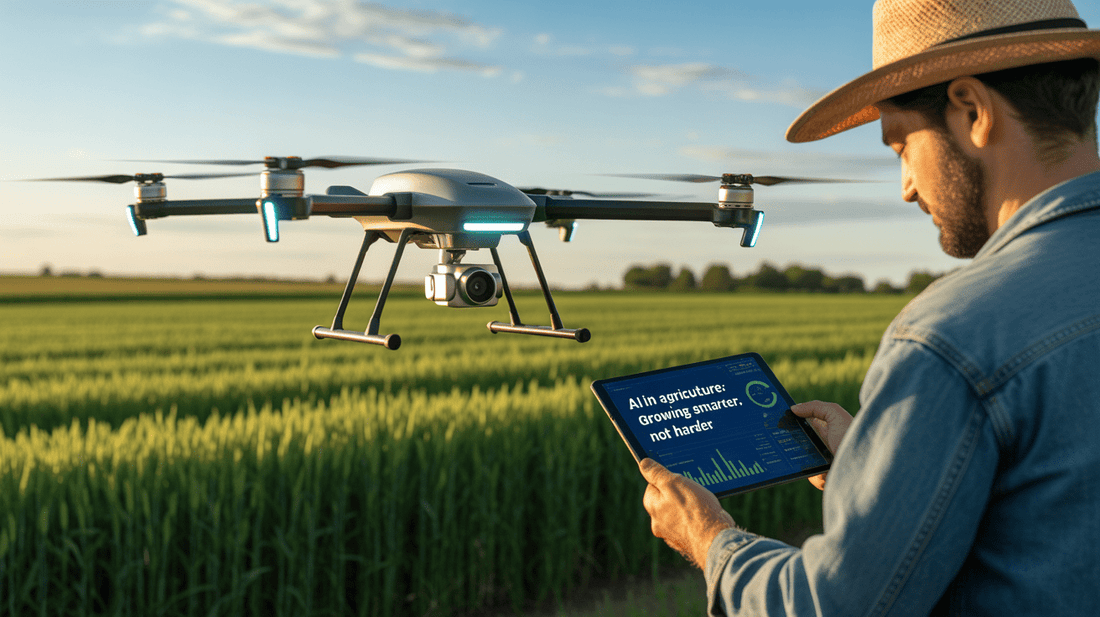
AI in Agriculture: Growing Smarter, Not Harder
AI in Agriculture: Growing Smarter, Not Harder
Introduction: Feeding 10 Billion
By 2050, the world will host nearly 10 billion people. To feed them, farmers need to produce 70% more food — but with shrinking land, unpredictable weather, and rising costs.
The old model of “more land, more labor” won’t work. The future of farming is data-driven, and AI is becoming the farmer’s new right hand.
The Core Problems in Modern Agriculture
Climate Change – Extreme weather disrupts planting cycles.
Resource Scarcity – Water and fertilizer are costly and finite.
Labor Shortages – Rural populations are declining in many regions.
Global Competition – Farmers must compete with industrial giants.
How AI is Cultivating Change
🌱 Precision Agriculture
AI combines drones, IoT sensors, and satellite data to create field-level insights.
- Soil moisture sensors + AI can optimize irrigation, reducing water use by up to 30% (FAO).
- Fertilizer is applied exactly where needed, cutting costs and runoff pollution.
📸 Crop Monitoring with Computer Vision
AI-powered drones detect crop diseases earlier than the human eye can.
- Example: An Israeli agri-tech startup, Taranis, uses AI to identify pest outbreaks before they spread — saving up to 40% of harvests.
📦 Supply Chain Optimization
AI predicts demand, optimizes storage, and prevents waste.
- Post-harvest losses currently account for 14% of global food waste (UN FAO). AI logistics can cut this drastically.
🤖 Autonomous Machinery
Robots guided by AI already plant, harvest, and weed with high efficiency. John Deere’s autonomous tractors are a real-world case, reducing labor dependency.
Case Study: India’s Rice Farmers
In 2024, a pilot AI project in Andhra Pradesh used AI-driven irrigation schedules. Result: water use reduced by 25%, yields up by 15%.
Ethical & Social Considerations
- Accessibility: Will small farmers be able to afford AI, or will it widen inequality?
- Data Ownership: Who owns the data collected by drones and sensors — the farmer or the tech company?
- Human Skills: As with No-Code Development, AI tools empower, but they must be usable by non-technicians.
The Future of AI Agriculture
By 2030, AI-driven agriculture could boost global GDP by $500 billion (PwC). But the real value isn’t just profit — it’s sustainability.
Farmers using AI won’t just grow more; they’ll grow smarter, ensuring food security in a fragile climate.
Conclusion
Agriculture has always been about adapting to nature. Today, adaptation means integrating AI — turning data into decisions, and decisions into harvests.